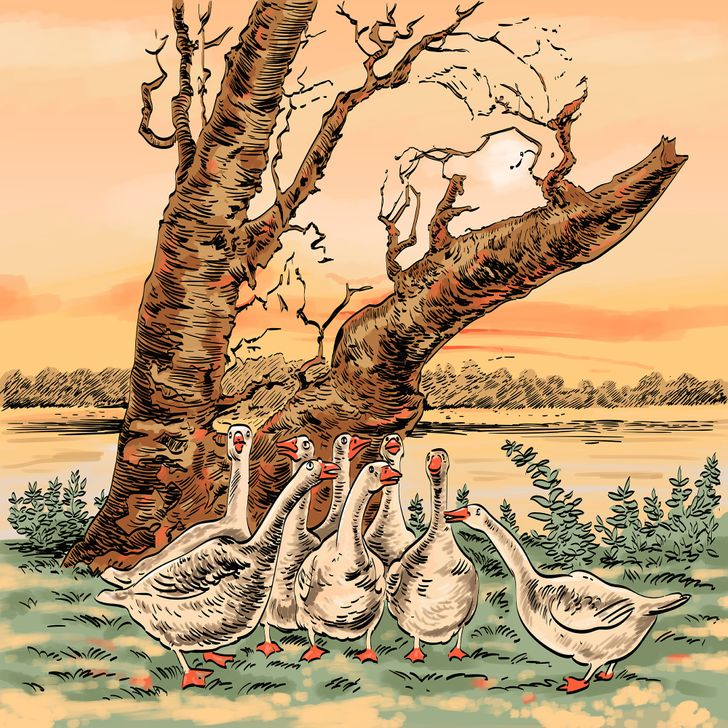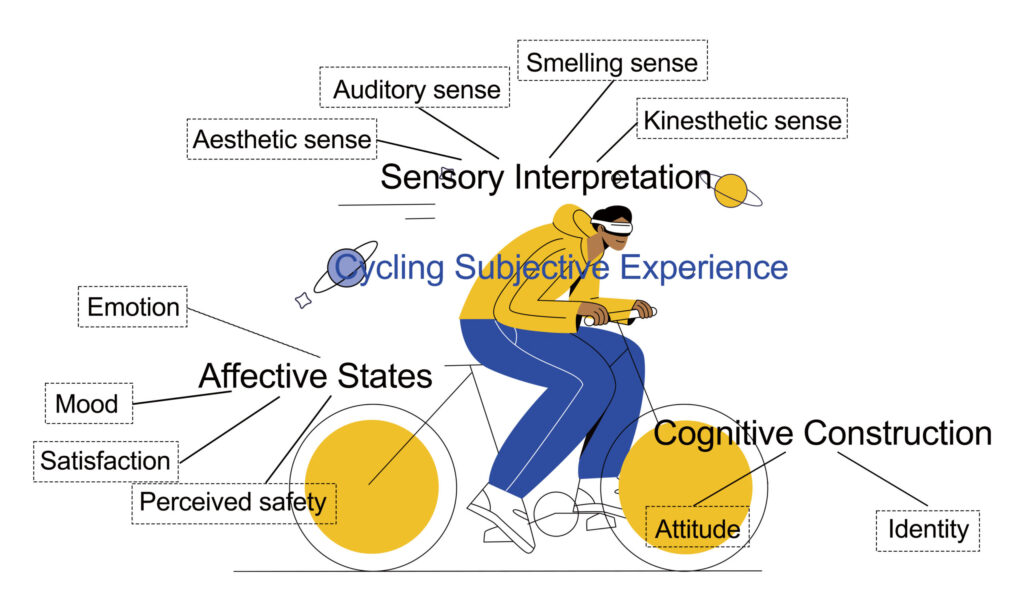What can people-centred design contribute to cycling? This research is exploring contributions and testing methods. Preliminary results from an initial online survey are below. This is an update from the 2020 Cycling Research Board (CRB)– the research is a work in progress.
Preliminary survey results – graphs pdf | Abstract from Cycling Research Board 2020 here
What are people-centred design fields?
I define people-centred design fields as any of a range of sub-disciplines of design that place a significant focus on understanding the people that will use their end product, and then designing the product with them in mind. This includes but is not limited to: user experience design, usability, interaction design, service design, participatory design, human-centered design, etc. The idea of a focus on understanding people is not unique to the design field either. Several methods that these (sub-)fields use draw upon work in the social sciences, for example.
What can they contribute to cycling?
The research uses two pathways to explore the value of people-centered design fields to cycling: building shared understanding and acceptance of cycling, and the design of infrastructure. This is done through both (1) an ongoing literature review to map potential contributions, and (2) an online survey posted via social media to get practitioners’ insights. This blog post talks about the latter.
In asking practitioners about potential conceptual contributions of design to cycling practice, I draw on the contributions listed in Kempenaar et al. (2016).
Testing methods
In addition to conceptual contributions, this research explores the usefulness of people-centred design methods to practitioners and to growing everyday cycling. In the online survey, practitioners were asked about four people-centred design methods that have been translated to the context of cycling in partnership with Designing a Bicycle User Experience (BUX). These are: directed storytelling, user experience mapping, personas, and heuristic evaluation.
Initial online survey results
Context: The survey was distributed online through social media channels and via the researcher’s network. Mid-way through the survey period, a chance to receive a gift card was added as an attempt to get more responses/grow the dataset. Respondents all chose to take the survey from the social media posts or from hearing from a colleague. These conditions lend to survey respondents likely already being interested in the topic, which should be taken into account while interpreting the results.
Results: Out of 58 survey submissions, 39 were valid. Within these 39 responses, 20 countries were represented and respondents reported a mix of roles, but came primarily from the public sector.


Most respondents rated all of the contributions of design taken from Kempenaar et al. (2016) as important or very important. Respondents were also asked to rate how they thought the individual methods would influence planning outcomes and process for cycling. Each method was rated positively, with heuristic evaluation receiving the highest rating average for outcomes and user experience mapping for process.


At the end of each method section of the survey, participants were asked (1) to say if they thought the method would be helpful in understanding the diversity of cyclists and their needs; and (2) if they have used something like the method at work before. For the former, all methods received a large majority of “yes” responses. For the latter, there was a split- depending on the method, about 51-67% of respondents had used something like the method at work before.


Discussion: From this limited dataset, practitioners have rated- based on their own work experiences- the contributions of design taken from Kempenaar et al. (2016) as important to growing the practice of cycling in their context. And while there is some variation among the methods presented (the personas method was rated lower than the others for planning outcomes and process, and directed storytelling received the most positive responses with regards to helping understand the diversity of cyclists and their needs, for example), all were well-received. More data needs to be collected before making assumptions, but this initial round of data collection suggests it is worth further looking into how people-centered design fields and their methods can contribute to growing everyday cycling.
Next steps
Data collection will continue into 2021. The online survey remains open here for those that have not taken it yet. In order to address the limitations of self-selection via social media and to collect a larger dataset, an additional next step is to partner with professional urban planning, design, and engineering membership organizations for responses.
For any questions on the research, reach out to Trey Hahn at [email protected].



